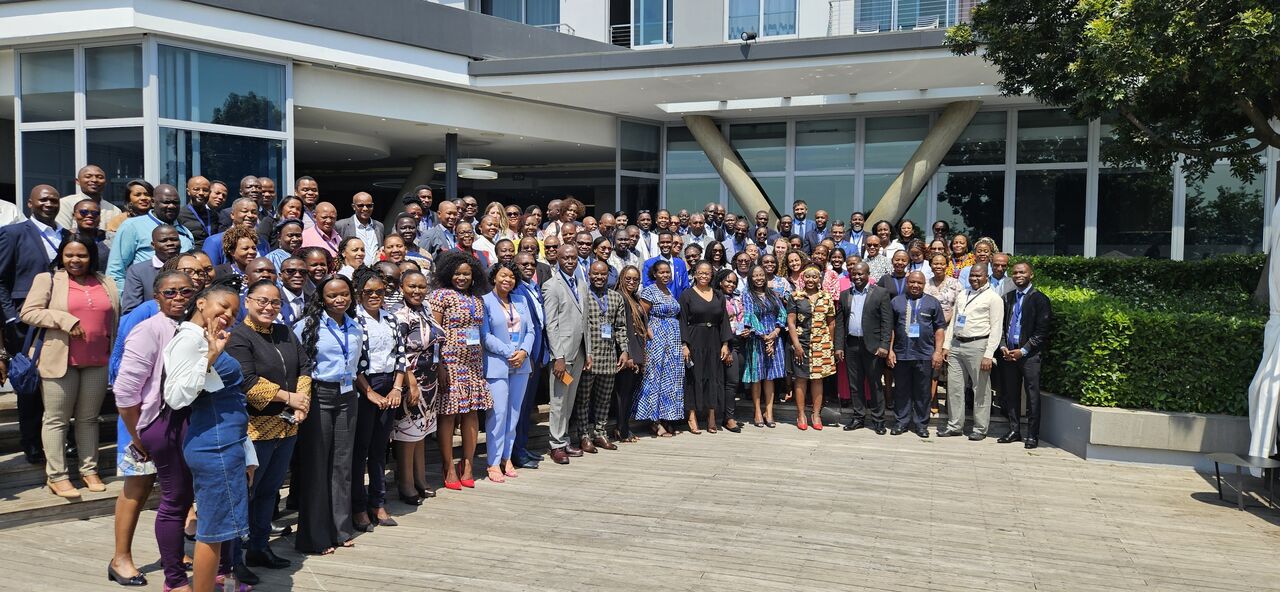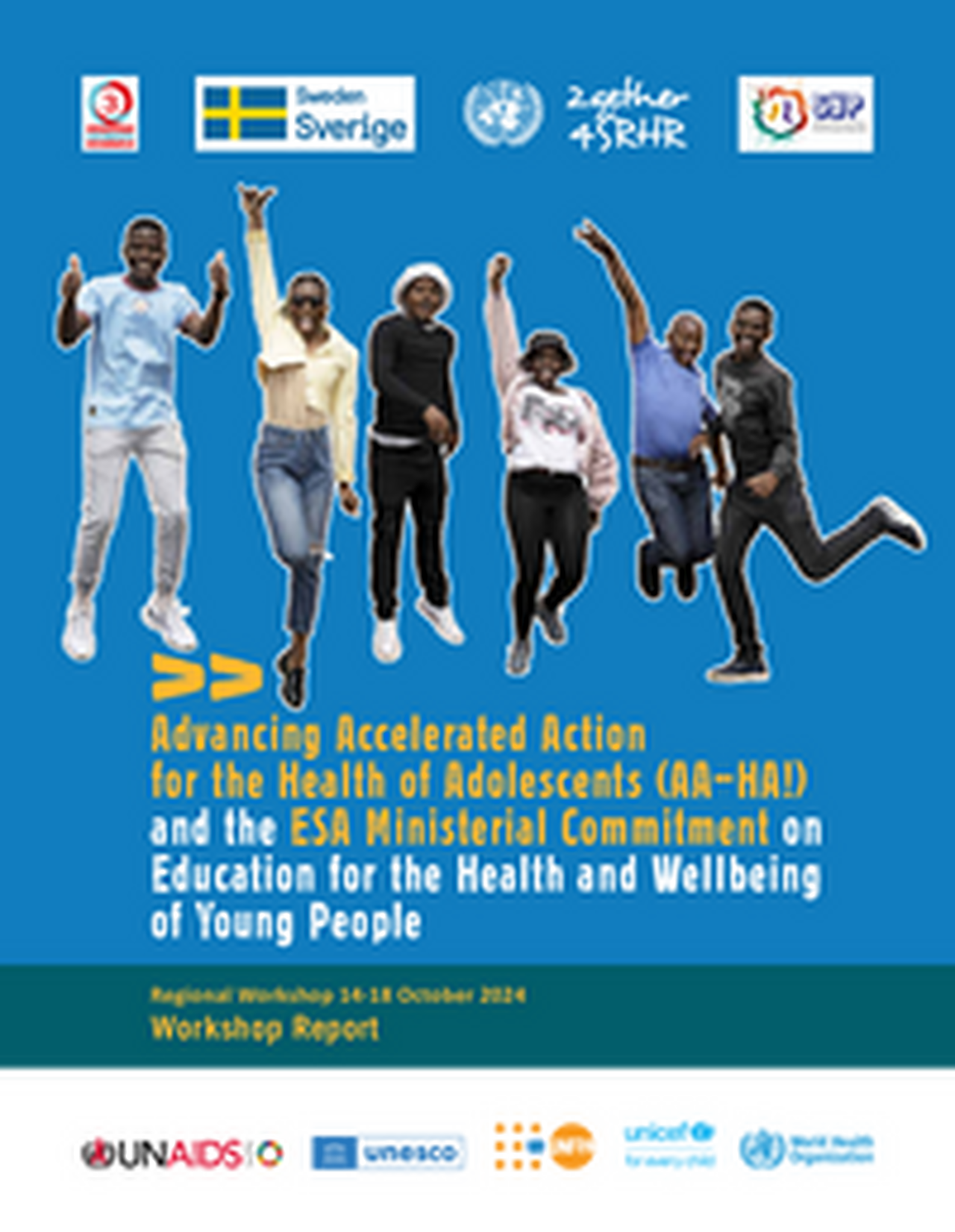HIV/SRHR as an entry point for adolescent and school health: Resolutions from the AA-HA and ESA Regional Meeting


HIV/SRHR as an entry point for adolescent and school health: Resolutions from the AA-HA and ESA Regional Meeting
The AA-HA The Eastern and Southern Africa Regional Meeting Report presents a bold and unified roadmap for advancing adolescent health by leveraging HIV and SRHR programming as entry points to address interconnected issues—from mental health and nutrition to gender-based violence.
Drawing on insights from Ministries of Health, Education and Youth; youth-led networks; UN agencies; and regional bodies; the reports outlines key shifts from commitment to implementation.
Under the premise that adolescent health programs must remain youth-friendly, inclusive, and be grounded in human rights, the focus must shift to accelerating implementation.
• Scaling up health-promoting schools through cross-sector collaboration, digital screening tools, and alignment with WHO global standards.
• Empowering young people to lead in programme design, monitoring, and advocacy.
• Reaching the most at-risk adolescents, including out-of-school youth and those in humanitarian settings, with tailored and inclusive interventions.
• Embedding gender-transformative approaches to address the root causes of inequality.
• Building sustainable systems with strong data systems, ongoing capacity-building for frontline workers, and sustainable financing models that reduce reliance on external donors but promote lasting partnerships between governments, and responsive players.
Countries reaffirmed their commitment to the ESA framework and are already refining national roadmaps, identifying technical support needs, and aligning efforts with the AA-HA! 2.0 guidance to accelerate results.
Whether you are a policymaker, health professional, educator, or youth advocate, this report offers actionable steps to create systems where adolescents not only survive but thrive. Download the full report to discover how we can transform the life chances of adolescents across Eastern and Southern Africa.